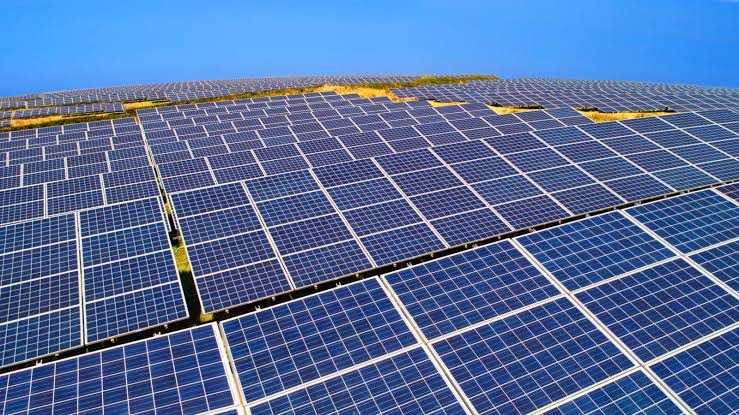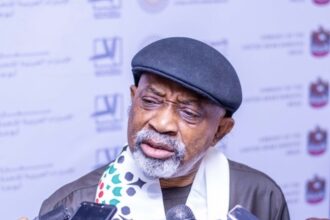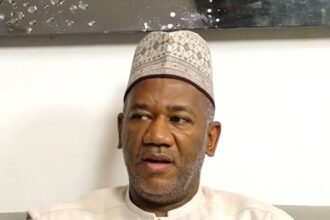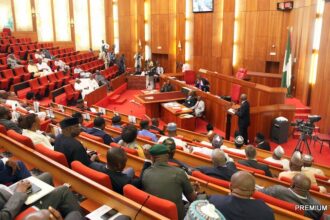
The Federal Government has begun constructing a ₦10 billion solar mini-grid project to power the Aso Rock Presidential Villa, marking a move towards renewable energy and signalling dwindling trust in Nigeria’s struggling national electricity grid.Significant areas within the Villa, including the Banquet Hall parking lot, visitors’ parking, and the lake surroundings, have been designated for solar panel installations, moving the nation’s seat of power further away from reliance on grid electricity.
Amid ongoing debates over the 2025 budget implementation, the solar initiative, listed under budget code ERGP202502463, is one of the most actively executed projects. It is being developed by Julius Berger in partnership with renewable energy providers such as Bartum Energy, a company established in 2016 and known for promoting solar energy as a dependable alternative to Nigeria’s erratic public power supply.
While the project may reflect President Bola Tinubu’s support for clean energy and sustainability goals, it also highlights the federal government’s acknowledgment of the national grid’s failures. Despite Nigeria boasting an installed capacity of about 14,000 megawatts, actual supply to homes and businesses rarely exceeds 4,500MW, forcing many to depend on fossil fuel generators. However, rising costs of diesel, PMS, and premium Band A grid tariffs have prompted a shift toward solar alternatives.
The solar mini-grid project accounts for over 17 percent of the Villa’s capital expenditure, which increased from ₦47 billion to ₦57 billion following legislative approval. This hefty allocation has sparked concerns over spending priorities, with critics suggesting the government should have focused on fixing the grid for all rather than isolating Aso Rock.
According to the Manufacturers Association of Nigeria, industrial firms spent more than ₦1 trillion on self-generation using diesel and gas in recent years. Households are also increasingly adopting solar technologies as power outages remain widespread.
Nigeria’s power sector continues to suffer frequent grid collapses, with generation capacity persistently below 5,000 MW for a population exceeding 200 million. Although self-generation is widespread, the trend raises issues of energy inequality, inefficient infrastructure planning, and slow progress in modernising the national grid.
Source : https://guardian.ng/








